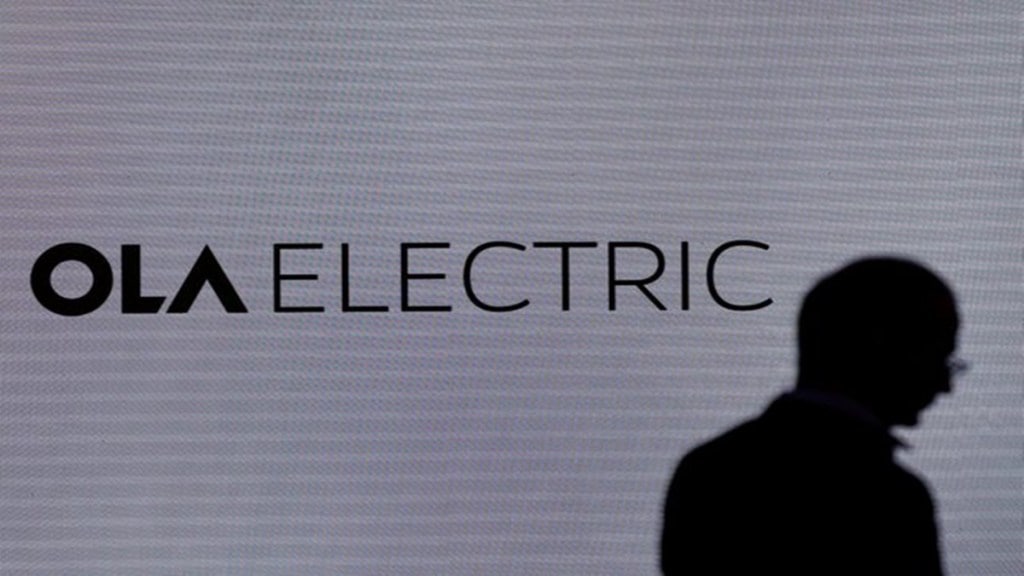Electric two-wheeler (e2W) startups such as Ola Electric and Ather Energy are rapidly increasing their focus on after-sales services, spare parts and software upgrades as the next major drivers of revenue growth. The move is aimed at improving gross margins in line with legacy ICE (internal combustion engine) rivals and move towards profitability.
For instance, Ola Electric Mobility—which achieved an Ebitda profitability in its auto business for the first time in the September quarter—has opened up access to genuine parts for customers and third-party garages under its HyperService initiative, a move that has the potential to lift gross margins by over 50%.
Bhavish Agarwal on Ola Electric’s performance
“The whole parts business so far was only restricted to my own network. And, as you know, most OEMs make about 10-12% revenue and 50-60% gross margin on that from parts. So, now that’s revenue, we’ve just set up a business unit around that to grow our parts revenue,” Bhavish Aggarwal, chairman and managing director, Ola Electric Mobility, said during the company’s Q2FY26 earnings call.
Ola Electric’s gross margin in the automotive segment improved to 30.7% in Q2FY26 from 18.5% a year ago, while segment Ebitda turned positive at 0.3%, compared with -12.4% in the same quarter last year.
The company, which has more than 1 million vehicles on the road—many now 3-4 years old—sees a large replacement opportunity that could meaningfully push up margins. “In a couple of quarters, if it gets to 5-6% of revenue, that’s another 2-3 points of gross margin,” Aggarwal said.
“Today, parts revenue contributes roughly 2.5% of revenue from operations, versus an industry average of 10-15%. This is a clear avenue for growth and a high-margin business with gross margins above 50%,” he added.
“Electric two-wheeler volumes have grown more than sevenfold in the last five years, and we now have close to 4 million vehicles on the road. For e2W startups, after-sales services and spare parts are a natural extension of the business, especially as a large share of these scooters will soon enter the replacement cycle,” a senior auto industry expert said.
The electric two-wheeler industry has already sold over 1.13 million vehicles so far this year compared with the record high volume of 1.14 million seen in the whole of 2024.
Tarun Mehta on Ather Energy’s performance
Ather Energy—the country’s third-largest e2W maker—is also leaning on non-vehicle revenue, including software and accessories, to strengthen margins. “On the business front, this entire suite continues to pay again strong dividends with an attach rate of 89% for customers for AtherStack and a 12% contribution for non-vehicle revenue,” Tarun Mehta, executive director & CEO, Ather Energy, said on the Q2FY26 earnings call.
AtherStack is the company’s operating system for two-wheelers that offers features such as voice commands, pothole alerts, crash detection, and live cricket scores on the dashboard.
According to Mehta, 89% of Ather customers purchase additional software on top of the vehicle, while accessory sales are rising steadily. “Every quarter we’ve seen almost 20-25% growth on a pan-India level,” Mehta said recently, adding that the expanding vehicle base—now around 500,000-600,000 scooters—will help service revenues compound over the medium term.
Ather Energy posted a 3% year-on-year rise in gross margins to 22% while its Ebitda margin improved to -10% from -21% a year ago.
According to Hemal Thakkar, senior practice leader & director, Crisil Intelligence, EV OEMs (original equipment manufacturers) will eventually need to match the margin profiles of ICE OEMs as they scale up. “EV OEMs have to compete with ICE OEMs and will have to maintain similar margins over the medium-to-long term once they achieve economies of scale. Hence, EV OEMs are also looking at spares, service and software as other sources of revenue,” he said.
Thakkar added that once the central and state subsidies are exhausted and demand will be completely ‘pull’ based, it is these additional revenue sources that will enable E2W markers to achieve their margin goals.

